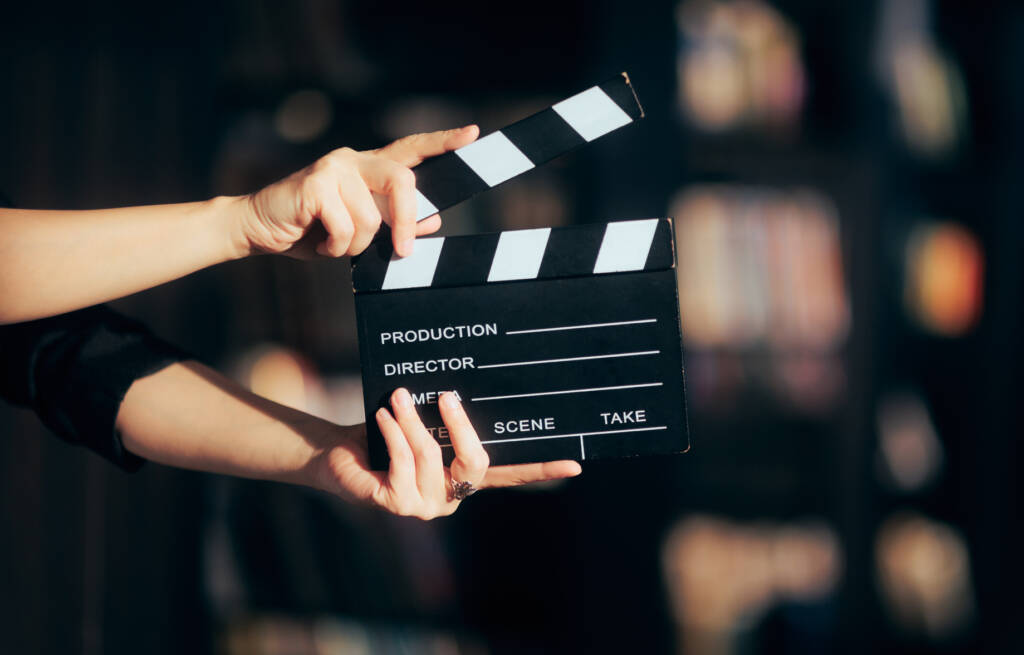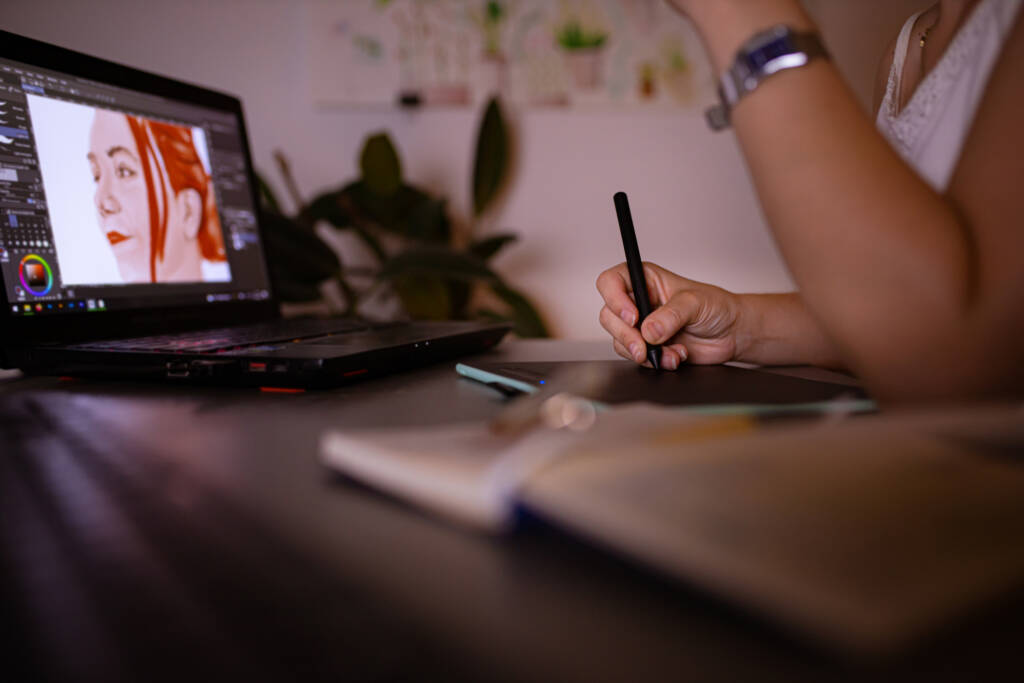Theater, Cinema, and Film Production 1b

Theater, Cinema, and Film Production 1b: Lights, Camera, Action!
Lights, camera, action … take two! Whether you’re a performer, critic, or fan, you’ll pull back the curtain to dive deeper into the making of movies and theater performances. Explore multiple facets of the production process from both theater and film. Gain insights from industry leaders along the way and learn to think critically about different aspects to develop your unit-by-unit blog. You’ll fully understand how high-quality entertainment and art are crafted for the theater and the silver screen.
Major Topics and Concepts
Unit 1: Theatrical Production Process
Knowing the big-picture elements in theater provides an important foundation for understanding theater as a whole. But in order to create a successful production, it is imperative to also learn the more granular concepts in theater. For example, there are many steps required to mount a stage production from the ground up. And it begins with the production process—those steps that, if executed properly, take a stage show from idea through development and production to the final applause.
Unit 2: Film Production Process
How do you make a movie? It takes a team and a lot of attention to detail. It begins in development, when the story itself is honed. What follows next is a series of stages that focus on artistic and logistical planning and execution. It is completed by the final touches and choices that move that film to the screen and in front of audiences. There’s a lot to it, so let’s dig in.
Unit 3: The Basic Elements of Camerawork
A movie is not a movie without the camera. There are a lot of elements you can go without: actors, sound, crew, budget. But without a camera, it’s not a film. What goes into filming a movie? Choosing the camera, creating the shots, determining the angle and movement—every decision affects the product and should be made to strengthen the vision of the film.
Unit 4: Lighting the Scene
Lighting is one of the most overlooked and important elements in theater and film. You can’t enjoy a performance if you can’t see it, right? But lighting can help a director achieve so much more than that. A poorly lit film can be washed out. A poorly lit stage can be too dark to see. But a well-lit production can impact everything from practicality to aesthetics, from mood to meaning.
Unit 5: Managing Sound in Theater and Film
Like lighting, sound can be an overlooked element in stage and film production. Audiences enjoy what they hear, but how much of it do they really consider? You’d notice if you could not clearly hear the lyrics in a staged musical, or if the background noise drowned out the dialogue in a film. When sound is designed well, you might not even recognize it, but it influences the way you feel as you watch the show.
Unit 6: Makeup and Wardrobe
Transforming the words on a page to an experience on a stage or a movie screen takes more than just actors’ skill. Creating characters an audience can believe means thinking not only about what they say and how they say it. Filmmakers must consider how they look. Are they stylish or disheveled? Are they even human? Costume designers and makeup artists help actors and filmmakers bring characters to life.
Unit 7: Set Design
The most believable costumes, most authentic makeup—neither will convince an audience if they don’t believe the setting. Great hat and holster, but is that a Volkswagen parked in the distance of your Wild, Wild West? Set designers have to keep an eye on every detail, creating the world in which characters live.
Unit 8: Audiences and Economics
A performance, a musical, or a film might be an exceptional work of art, but if no one sees it, is it a success? Whether a production makes money or not, many artists want to share their work with the largest audience possible. But how is that done? And what price does it exact from the artist?
Course Materials
Software
- Word processing software
- Presentation software
- Spreadsheet software
Other
- Access to a play or film; could be live, streaming, or physical media
- Access to an Oscar-winning film
- Access to a film noir
- Access to a film scored by John Williams
- Access to a film with costume design by Edith Head
- Access to a film that has won an Oscar for production design
Competencies
Theatrical Production
Students will demonstrate an understanding of theatrical production by describing theater development, explaining theatrical productions, and summarizing the rehearsal.
Film Production
Students will demonstrate an understanding of film production by describing film development, explaining film production, and summarizing post-production.
Camerawork
Students will demonstrate an understanding of camerawork by describing the role of the film crew, explaining types of film equipment, and summarizing cinematic techniques.
Scene Lighting
Students will demonstrate an understanding of scene lighting by summarizing the purpose of scene lighting, describing elements of scene lighting, and explaining the role of the lighting crew.
Sound Management
Students will demonstrate an understanding of sound management by summarizing sound design, describing types of sound equipment, and explaining the role of the sound crew.
Makeup and Wardrobe
Students will demonstrate an understanding of makeup and wardrobe by describing the purpose of theater costumes, explaining the purpose of cinematic costumes, and summarizing the purpose of makeup.
Set Design
Students will demonstrate an understanding of set design by explaining production design, describing the roles of the set design crew, and describing the roles of the film design team.
Theater, Cinema, and Film Industry Economics
Students will demonstrate an understanding of theater, cinema, and film industry economics by explaining the significance of the audience in the entertainment industry and the impact of film distribution.
